Nathson Fields, the Midnight Crew, and the epic 40-year battle from death row against Chicago police torture
How a wrongful conviction in a gang murder spiralled into a system-wide indictment of racist policing and the death penalty in Chicago. Josh Marcus writes
The trees were what struck him first. In 2003, after spending nearly 12 years on death row in Illinois for a double murder he didn’t commit, Nathson Fields was released on bond and bowled over by these abundant fonts of life.
“I hadn’t been under a tree in 18 years,” he told The Independent. “It was totally alive. It just captivated me and I almost missed a step and fell on my face.”
A death sentence, by design, is a punishment not meant to offer rehabilitation or be survived. Instead, it’s usually a final, irreversible break from society. So when Fields, who goes by Nate, got a second chance, the world itself seemed incredibly foreign and new, and he had to relearn how to be a part of it, starting with the basics.
“The cars seemed to just be going incredibly fast,” said Fields, who was acquitted in 2009, nearly three decades after being framed for a 1984 gang killing. “I said, ‘I need to figure this out man.’” His nephews, eight and nine years old, had to help him across the street at first.
He would need to reserve his strength. Even once he got out, Fields would spend another decade in the courts taking on the police and courts who had abused and mistakenly sent him and numerous other Black men to rot in prison or die on death row.
In the process, he and a dedicated group of death row inmates, crusading lawyers, journalists, and community activists would unearth corruption, wrongful conviction, and racist torture on an epic, systematic scale in the city of Chicago. They would move even Republican politicians to reconsider capital punishment at the height of the tough-on-crime era, and, for all their success, they would reveal just how much still needs to change to secure equal justice in the city.
Violence found Nate Fields before Nate Fields found violence. A decorated high school wrestler, Fields was on a path towards college when he entered gang life as a way to protect his younger brother, who had been jumped and viciously beaten.
“I had high aspirations, and a for sure scholarship,” he said. “I was going to college. I wanted to go. I couldn’t wait to get there. The incident happened with my brother where he came home all bloodied up. I just couldn’t deal with that, seeing my brother like that, so I said, ‘Let ’em know, I’m a part now.’”
By 17, Nate was part of his first murder case, after he and group of friends chanced upon rival gang members at a party. A friend was the one who actually shot someone, while Fields was fighting other people in a nearby alley, but they were all charged together.
Nate spent the next 12 years in prison, where he got his GED, started college coursework, and led a prison wrestling team. Once he got out, though, he needed a place to stay, and he took a job maintaining a building controlled by Chicago’s notorious El Rukn gang.
“I said I would do it, so I could have a place to stay,” he said. (Chicago police argued Fields was more than a simple maintenance man for the El Rukn, and instead was part of other criminal activities).
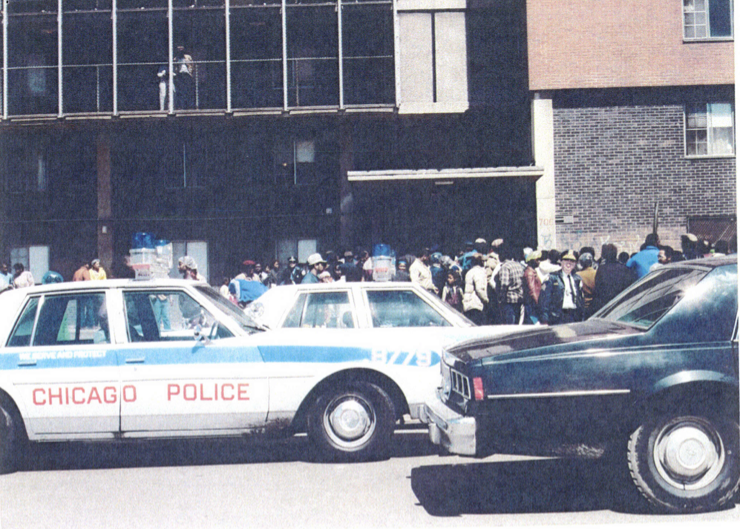
The El Rukns were led by the charismatic Jeff Fort, a man at once known for running community empowerment programmes on the largely Black South Side of Chicago, and for being at the head of what one expert at the time dubbed the “first super gang”, for the group’s mafia-style tactics, brutality, and widespread criminal enterprises. On April 28, 1984, Talman Hickman and Jerome Smith, members of the El Rukn’s rival Black Gangster Disciples gang, were shot and killed by men in masks. This set in motion Field’s second trip to prison for a murder he didn’t commit.
Things might’ve been different if Fields had worn long sleeves, but it was a hot day in June of 1985 when, after more than a year of fruitless investigation, Chicago police decided to arrest Fields for the murders. In the lineup room, they kept making him roll up his short sleeve shirt even further to show the El Rukn tattoo on his arm. He tried to roll the sleeve back down, before he says an officer told him, “You do that again, I’m going to run your head through that wall.”
As he stood there, he remembers wondering who was looking in at him from the observation room, knowing even then something had gone horribly wrong.
“I knew I was getting framed,” he said. “I knew I hadn’t done nothing.”
He was taken to wait in a freezing room for hours, then shackled and harshly interrogated by a police officer in cowboy boots, who he recalls standing over him, the officer’s crotch in his face. Nate said he eventually became fed up with this humiliation and stood up to get the man out of his face, prompting officers to accuse him of “getting fresh” with them, beating him with a billy club as punishment and screaming about how they were cracking down on the El Rukns.
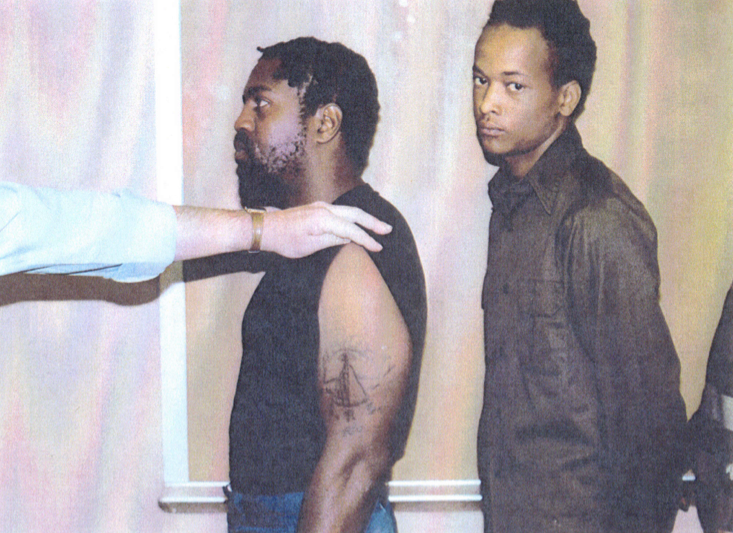
And crack down they did: in 1986, Fields and El Rukn hitman Earl Hawkins were convicted of the murders and sentenced to death, a punishment affirmed on appeal four years later.
When he got to death row, the experience was surreal. “I was thinking something was going to happen and I was going to wake up. I just couldn’t believe what was happening,” he said. “It’s gotta be a dream, but I was never waking up.”
At night, men in adjoining cells screamed and howled in turmoil, calling out the names of distant loved ones or forgotten co-conspirators. After spending enough time on death row, the men would become close with each other, though those friendships could only last until the state set an execution date, and the inmates would hear the whoop of the helicopter coming to take them to the Illinois execution chamber. One man on death row even made a guitar from found materials and would play funeral songs when one of their own was executed, managing to stash the instrument before guards ever found it.
Through his more than a decade on death row, Nate taught himself how to navigate the legal system, filing Freedom of Information Act requests and petitioning Chicago authorities for access to his police file, believing somehow he could prove the courts and the police got it wrong.
“I just prayed I could stay alive long enough to see it. I don’t know what happened. But I knew that evidence did not find me guilty,” he said.
Oddities in his case kept popping up, such as a conspicuously small amount of evidence files on the record, given the more than a year Chicago’s finest spent on the case, a lack of paperwork Fields found “totally unbelievable in a double murder”. And Fields began to think that it wasn’t just his case where some malignant force, as-of-yet hidden, had influenced the process.
“I looked around and I saw young men. I saw boys in these cells. And all of them was looking out at me,” he said. “They was young. Some was old. Some was like 18 years old. I couldn’t believe this was death row. Every face I saw, I can’t believe all these people had done something so awful. I just couldn’t believe it.”

Unbelievable wouldn’t even begin to describe what eventually came to life about how Chicago officials sent these men to their deaths.
It would be hard to find a more transparent example of judicial rot than Judge Thomas Maloney, who sent Fields and at least five others to death row. In 1993, Maloney, who is now deceased, was convicted on federal charges, after a judicial corruption investigation called Operation Greylord discovered Maloney had fixed multiple cases and taken a $10,000 bribe from the lawyer of Earl Hawkins, Nate’s co-defendant in the murder case, before later returning it once he feared he was under investigation. By the time Maloney was behind bars, Hawkins had gotten off of death row, after agreeing to help prosecutors in other gang cases.
Given the news, in 1996, a new trial was ordered for Fields, and while the retrial process began, two key witnesses from the original case, Gerald Morris and Randy Langston, recanted their statements that they had seen Fields and Hawkins conduct the gang killing. In sworn affidavits, the two confessed their identification was the result of police coercion, and that they had no idea who killed the Black Gangster Disciples because the shooters had worn masks.
Appeals consumed the retrial for nearly another decade. By the time it made it to the courtroom, Hawkins made a deal to testify against Fields to avoid the death penalty, and prosecutors presented an entirely new scenario, now characterising their partner as merely the getaway driver instead of one of the shooters, as he had been described during the original case.
Under cross examination, Hawkins eventually admitted to being involved in at least 15 murders while he was an El Rukn, leading the judge in the retrial to wonder aloud, “If someone has such disregard for human life, what regard will he have for his oath?” Nate Fields was acquitted in 2009.
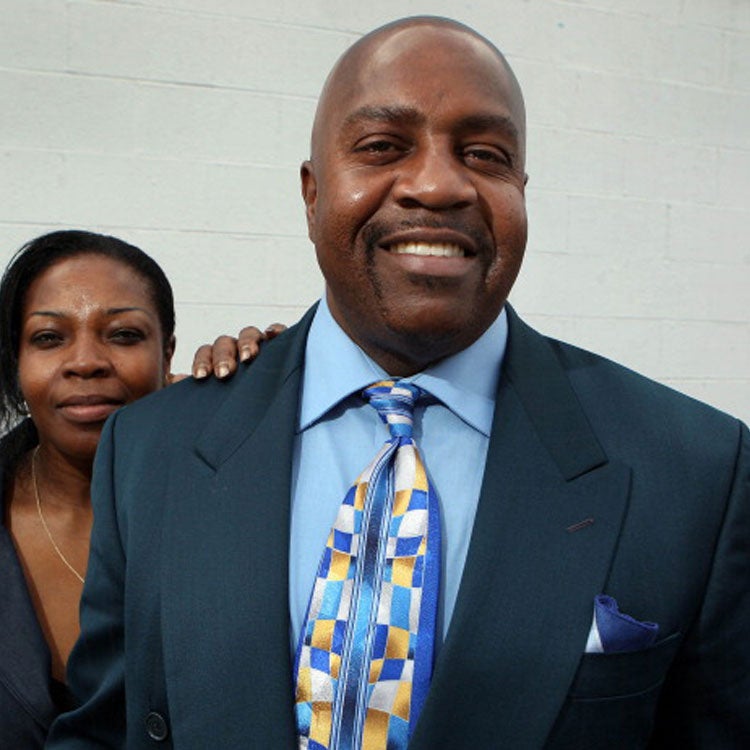
“It was very relieving to be finally acknowledged. That meant so much to me,” Fields said. “For a moment I was right on the verge of shifting. The system just seemed like it couldn’t correct itself. It seemed like it kept dragging on what was so right to do.”
In 2003, while the retrial was ongoing, Fields got his first taste of freedom. Friend and fellow death row inmate Aaron Patterson had been pardoned in 2003, after allegations Chicago police had tortured him into confessing to a double murder. Patterson took out a loan against his forthcoming state compensation payment and bailed out Fields, whom he had met in county jail. It was one many reminders that men on Illinois death row were bonded by more than just their current address. Many had been victims of the same flagrant abuses, a fact that became apparent to them over the years they spent together with little to do but talk to each other and try to legally fight their way out of prison.
“All of sudden somebody would say hey, ‘That happened to me. Somebody put a bag over my head at the police station,’ and somebody would say, ‘Yeah, he hit me with a phone book,’” Fields said. “It was like it was all coming out of a certain police district, and we didn’t know we were talking about Jon Burge, every one of those guys.”
Soon, a lot more than just death row inmates would be talking about Chicago police commander Jon Burge.
Though it took years before the public was aware, former Chicago police commander Jon Burge and his subordinates, the so-called “Midnight Crew”, were accused of forcing people into confessions using tactics that would make even a dictator shiver. Documents suggest they systematically tortured and abused more than 100 Black men on Chicago’s South Side between the 1970s and 1990s, using electric shocks, cattle prods, mock suffocations, Russian roulette, shackles to hot radiators, and a bevy of other horrors to get young men of colour to admit to whatever the police accused them of.
“One of the things they did was, they would put phone books against the body, so that it would spread out the impact because it wouldn’t leave a mark,” Lauren Myerscough-Mueller, a staff attorney at the University of Chicago’s Exoneration Project, told The Independent. “They would use typewriter bags to suffocate people. There were reports of cigarette burns. People were not allowed to talk to their families or lawyers, were not given food or drink or use of the bathroom. It was really terrible what was going on.”
Ironically, it took the killing of two Chicago police officers to reveal the scale of torture under Burge, who has since died.
In 1982, two CPD officers were gunned down, triggering a massive, hard-knuckle dragnet search across the city for a cop killer on the loose. One detective involved in the effort compared it to a “reign of terror” and Kristallnacht, the infamous Nazi pogrom. Officers eventually arrested Andrew and Jackie Wilson.
Andrew told his public defender he had been burned, suffocated, shocked in his genitals, and kicked in the eye during his interrogation, and a medical examination revealed burns on his thigh, chest, and puncture marks on his nose and ears, which Andrew said came from electric clamps.
“He was abused so badly that he had to be rushed out to hospital, and that’s when it started to come to light that these things were happening, but it was covered up so much it didn’t come to light to the public,” Myerscough-Mueller said.
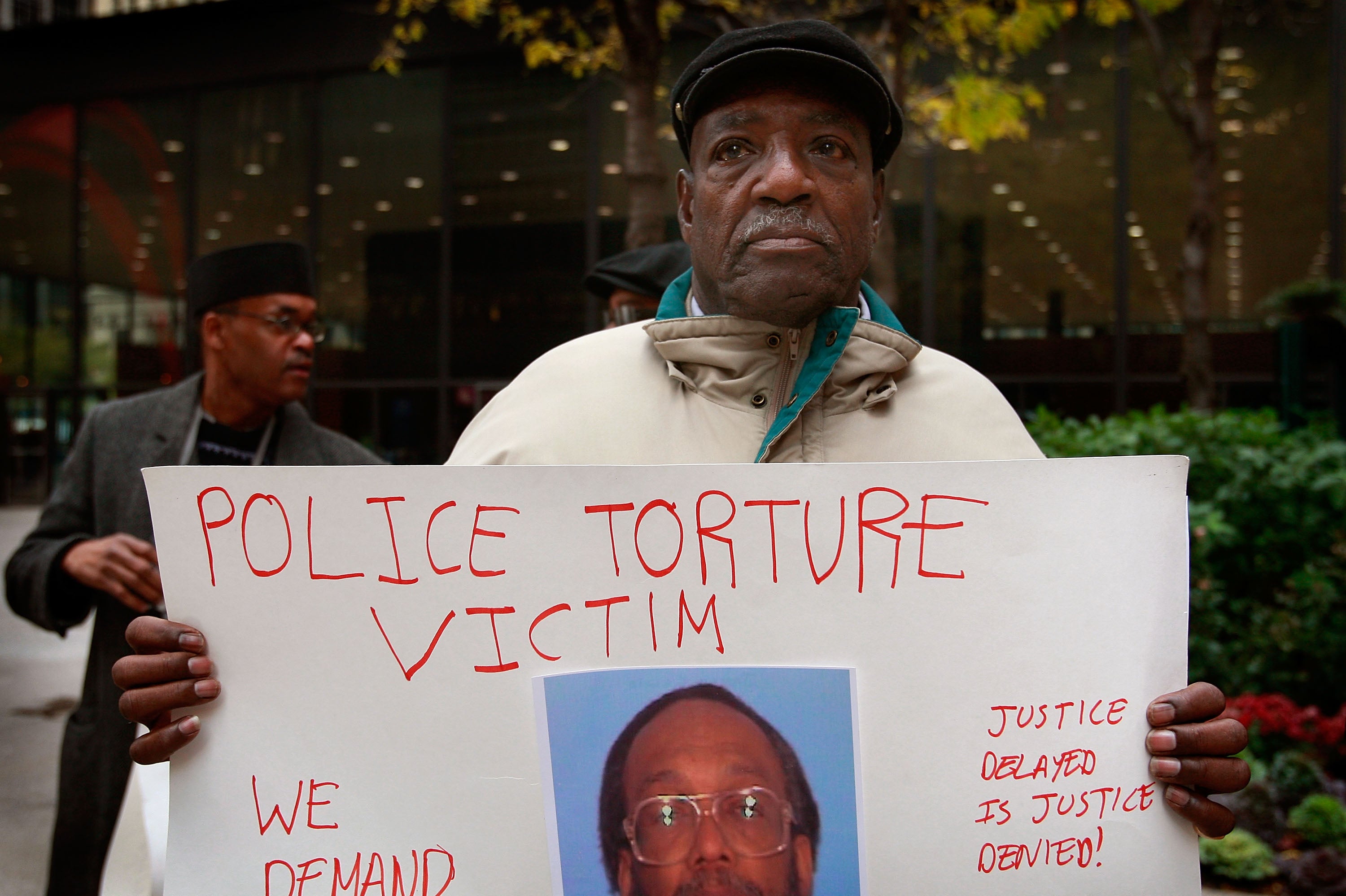
Andrew Wilson died in prison, but in 1991 the city acknowledged he had been tortured, and two years later, Burge was fired, the same year the police union planned to honor him with a float in the city’s South Side Irish parade, before the stunt was cancelled amid public outcry. (Burge was never tried for the torture itself, but was convicted in 2010 of obstruction of justice and perjury in the case of Madison Hobley, a torture surivor. Burge served five years in prison, before being released and dying in 2018.)
“Race plays a huge role in all of it,” Myerscough-Mueller said. “John Burge and his subordinates were by and large doing this to young Black men, the vast majority. That was kind of just how they worked. One of the things that the thought is that they in certain neighbourhoods the thought was, ‘Well, these guys are probably in gangs and should be off the street anyway, what does it matter if we get the wrong one?’”
But it wasn’t just one sadistic police commander who was shown to be abusing Black people. It was the entire system.
By the late 1990s, amid the Oklahoma City bombing and Bill Clinton’s embrace of “tough-on-crime” policies, support for executions was at its peak nationally, while efforts to end capital punishment in Illinois reached a fever pitch.
In 1998, a group of African-American death row inmates in Illinois called the “Death Row 10”, began raising the alarm about police torture and prosecutorial misconduct in Chicago, calling into churches and classrooms from behind bars to share their stories directly to the people. Their cause eventually picked up high-profile allies like activist Bianca Jagger, former wife of Rolling Stones lead singer Mick Jagger.
At the same time, a series of bombshell investigations from the Chicago Tribune confirmed the scale and cruelty of Illinois’s application of justice. They document how the State’s Attorney’s office at the time had a contest they called “N*****s by the Pound”, where prosecutors would have individuals weighed after being convicted, competing to see who could put 4,000 pounds worth of people of colour behind bars first. These same prosecutors, the Tribune showed, were abysmal at properly handling criminal cases, having 207 out of 326 state court convictions between 1977 and 1999 overturned for prosecutorial misconduct. Among those cases overturned were 67 where the death penalty had been handed out. By 1999, modern death row executions and exonerations were tied in Illinois. All this lead the paper to conclude that justice in Illinois was “so plagued by unprofessionalism, imprecision and bias that ... the state’s ultimate form of punishment [was] its least credible.”
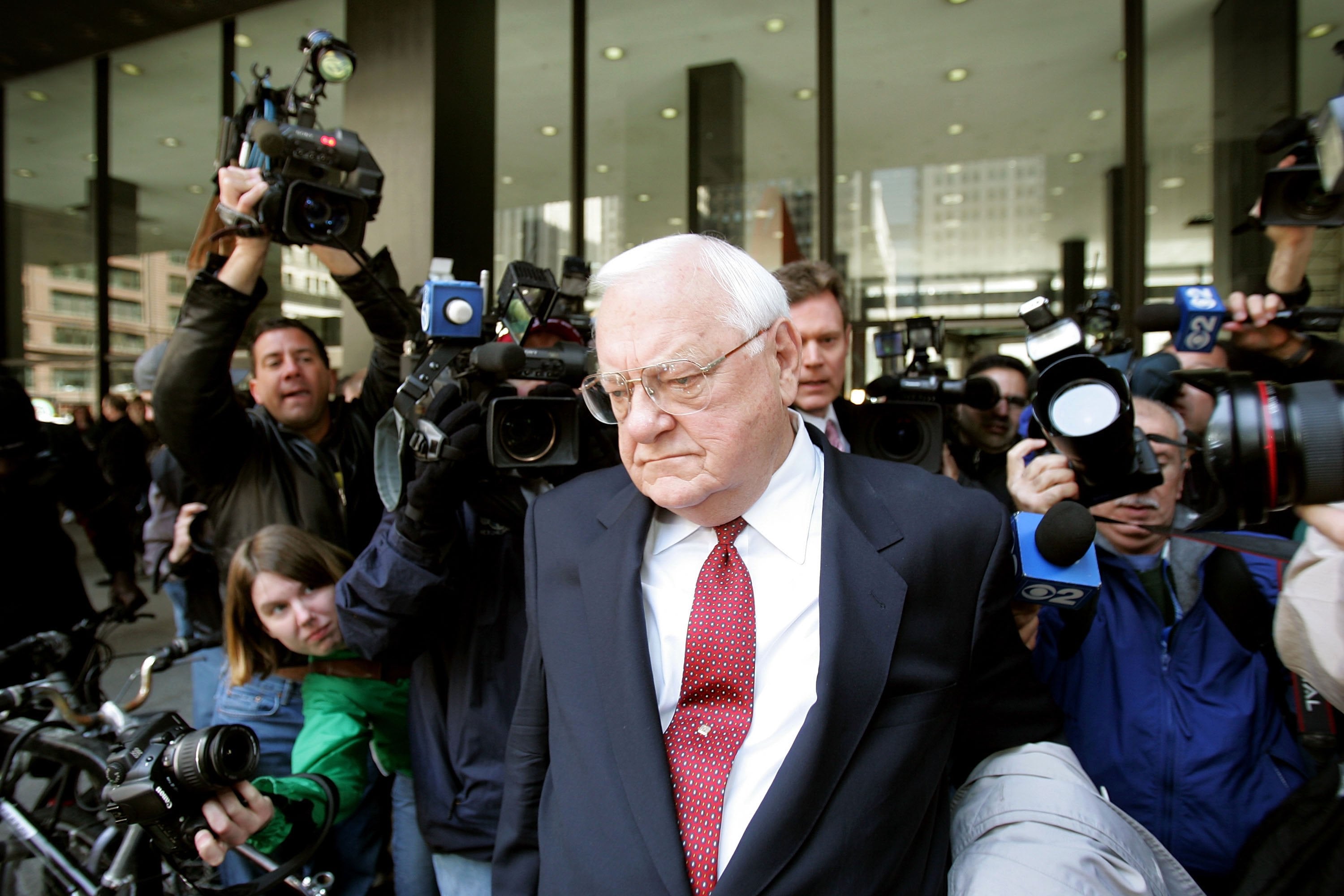
The groundswell of activism inspired then Illinois governor George Ryan, a Republican, to issue a moratorium on the death penalty in January 2000, saying, “Until I can be sure with moral certainty that no innocent man or woman is facing a lethal injection, no one will meet that fate.”
The governor also called for a commission to study capital punishment, which revealed even deeper disparities: defendants in rural counties were twice as likely to be sentenced to death, and those accused of killing white people were three times more likely to get the death penalty than those accused of killing Black people.
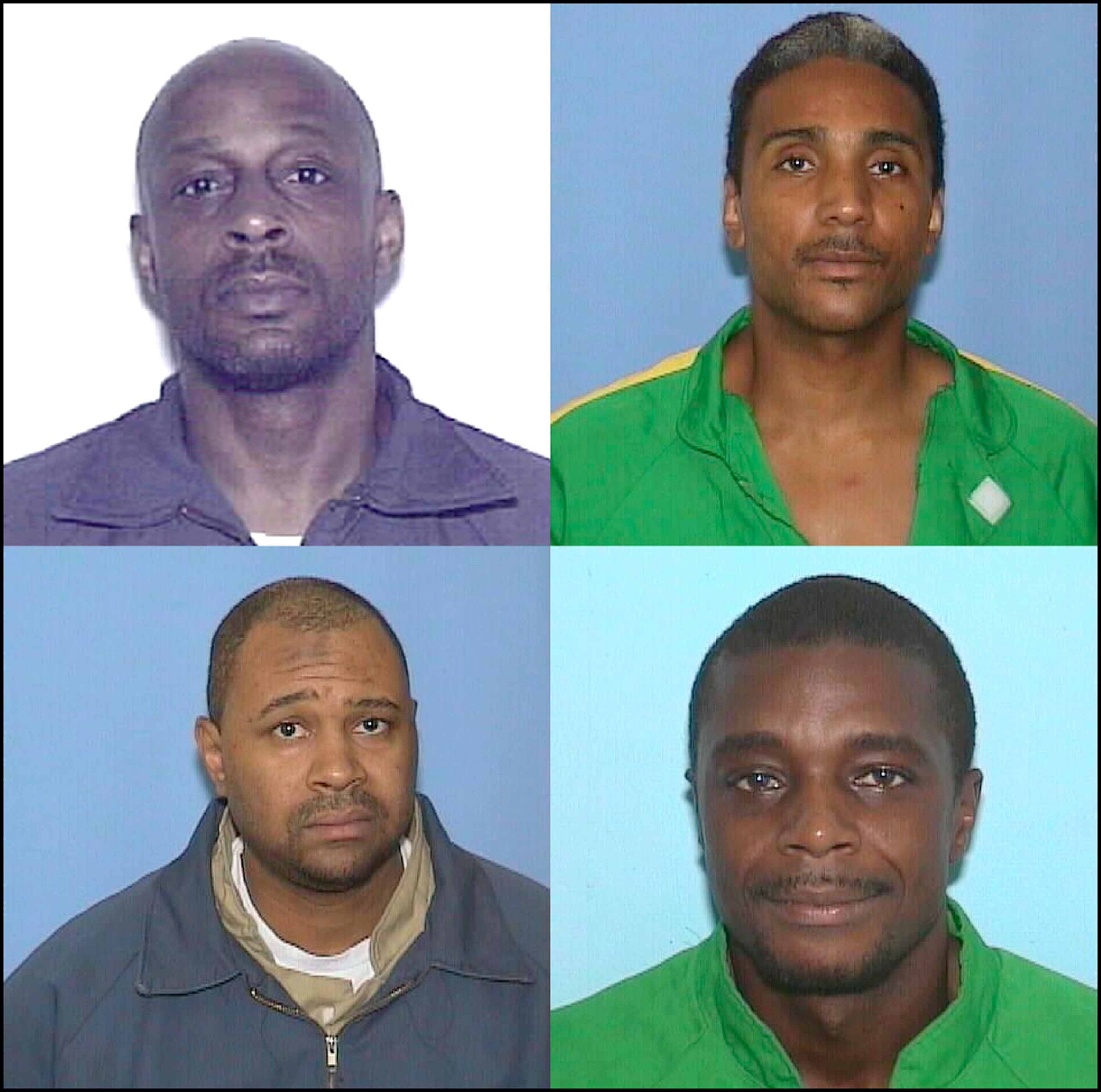
In 2003, in his final days in office, Ryan pardoned four victims of Chicago police torture, including Aaron Patterson, the man who bailed out Nate Fields, and commuted the sentence of every single person on death row.
“Our capital system is haunted by the demon of error – error in determining guilt, and error in determining who among the guilty deserves to die,” the governor said. “Because of all of these reasons today I am commuting the sentences of all death row inmates.”
Capital punishment was outlawed entirely in Illinois in 2011.
Still, even with his freedom, and unequivocal proof that policing and prosecution in Illinois were beyond tainted, Fields’s fight against Chicago police was just beginning.
Now, he was going for the jugular. In 2010, Nate sued the city, as well as individual prosecutors and officers, arguing his constitutional rights had been violated in a criminal trial filled with fabricated and intentionally withheld exculpatory evidence.
His most important claim was that Chicago had a de facto policy of withholding “street files” from men accused of crimes, notes from officers that hadn’t been officially catalogued yet but contained evidence that could potentially show a defendant’s innocence and were difficult to subpoena, or locate in the first place.
After yet another series of trials continuing through 2014, Fields learned for the first time that his co-defendant Earl Hawkins had made a secret plea deal in exchange for testimony that allowed him to get out of jail 13 years early.
Another new trial was called, and this time, a federal court found that the witholding of street files in Fields’s case included “evidence of systemic underproduction of police reports” that “was sufficient to show a systemic failing that went beyond his own case”. He was awarded $22 million, one of the largest police misconduct judgements in US history.

In the course of case, Fields’s attorney’s won access to a dingy basement in a South Side police station, filled with seven decades of street files that had been forgotten, perhaps intentionally. A review found that among a selection of cases, 90 per cent had information in their street file that never made its way to the accused. The files contained officers’ handwritten notes, lineup cards, and other crucial information that had never been given to defendants, including in Fields’s case. More than 80 pages of potentially exculpatory information, including promising leads on other suspects, had never been shared with him.
The city waited years to pay out Fields’s judgement, and appealed it to a federals appeals court, before the decision was upheld in December 2020. After spending more than half his life fighting charges, then a death sentence, then a legal wall, Nate Fields had finally won.
“It restored some confidence in me with the system. It the end it did work. It shouldn’t have taken this long. But it worked for me,” he said.
But sitting in that dank Chicago records room was evidence of how many hundreds of other men just like him had never had the same chance.
“I feel there’s people out there whose street files, they still don’t know anything,” he said.
So, Fields plans to do what he’s done since he was a hard-charging high school wrestler: keep fighting.
The horrors of the Illinois justice system are by now thoroughly documented, but timely justice hasn’t always kept pace with the scope of these revelations. Jon Burge died before he could ever be tried for torture, as the statute of limitations had passed on many of his alleged crimes. Andrew Wilson, whose torture at the hands of the Midnight Crew helped expose Burge, died in prison. Jackie Wilson, Andrew’s brother, was released from prison only in 2018, after 36 years behind bars, with a judge finding his confession was involuntarily obtained.
The street files like those unearthed in Fields’s case continue to secure exonerations, such as the 2019 release of Demetrius Johnson, who was arrested at age 15 for a 1991 murder. His street file showed witnesses had identified another individual, and that Chicago police had manufactured evidence.
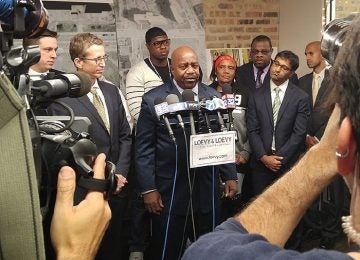
A 2020 report from Chicago’s internal auditor, the Office of the Inspector General, found that until the massive backlog of records in Chicago police custody can be organised, the city’s “record management and production processes are inadequate to ensure the Department can meet its constitutional and other legal obligations”.
“Police torture is not over in Chicago, and the aftermath of the Burge torture is not over — there are still survivors behind bars fighting their cases,” said Maira Khwaja of the Chicago-based journalism nonprofit Invisible Institute, which launched an archive of police torture documents this year. “Our primary hope is that this archive can be useful for attorneys, organizers and survivors who continue to seek justice.”
The Independent has reached out to the Chicago police department for comment.
Fields is dedicated to fighting for people with similar experiences to him. He is certain racism “absolutely absolutely absolutely” played a role in his case, and he wants to help rescue some of the other Black men put behind bars by Chicago’s police torture machine during the ‘80s and ‘90s.
“I’m just one. It’s not just me,” he said. “Somebody needs to pick it up and say, ‘Hey, let me look at all these other guys. They’re human beings too.’”
He’s also enjoying making up for his lost decade behind bars. He bought a house in the Chicago suburbs. Now he has plenty of time to admire the trees.
The Independent and the nonprofit Responsible Business Initiative for Justice (RBIJ) have launched a joint campaign calling for an end to the death penalty in the US. The RBIJ has attracted more than 150 well-known signatories to their Business Leaders Declaration Against the Death Penalty - with The Independent as the latest on the list. We join high-profile executives like Ariana Huffington, Facebook’s Sheryl Sandberg, and Virgin Group founder Sir Richard Branson as part of this initiative and are making a pledge to highlight the injustices of the death penalty in our coverage.
Join our commenting forum
Join thought-provoking conversations, follow other Independent readers and see their replies
Comments